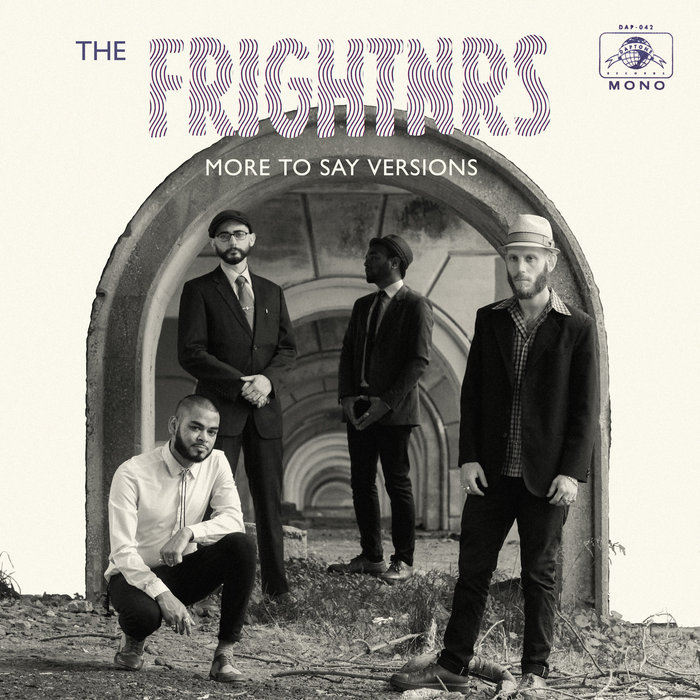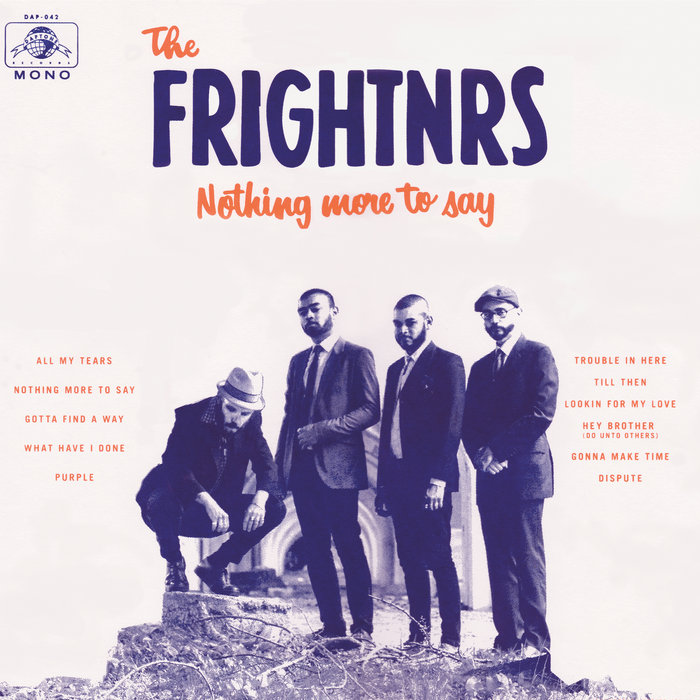
Gotta Find A Way (Version) – the FRIGHTNRS
this blog is GROOVY – check out great Soul, Funk, Jazz, Hip Hop, Bass, Breaks , Reggae, House n many more TUNES
Dancehall, baby! If you’ve ever felt the urge to shake your hips and move to the rhythm while listening to some captivating beats, you’ve probably danced to dancehall music. But let’s take a moment to groove back in time and explore how this infectious genre came to life.
In Jamaica during the late 1970s, reggae was king. Artists like Bob Marley were slinging out tunes that made people feel all kinds of emotions—love, struggle, hope. But just as the world changes, so did the sound waves coming from Jamaican speakers. As disco and funk started grooving their way into Jamaican DJ parties mixed with a sprinkle of hip-hop influence from America, dancehall kicked off—a new sound ready for both dancing and serious party vibes!
Originally referred to as “rub-a-dub,” early dancehall emerged in sound systems where DJs would set up massive speakers and blast music on street corners or community parties (which they called dances). You couldn’t help but get lost in those heavy basslines that demanded your body’s attention.
By the early ’80s, artists like Yellowman began dominating this scene with humorous yet catchy lyrics paired over infectious riddims (the instrumental backing tracks). Yellowman was not only known for his funky style but also his unique look; he had albinism which made him stand out even more—and he fully embraced it! He once said jokingly: “The girls love me because I’m unique!” And who can resist a man with confidence like that?
Another heavyweight in early dancehall was Eek-A-Mouse—yes, you heard right! With songs full of stories about pot smoking (no bad vibes) and outrageous antics delivered through a distinctive voice paired with playful pronunciation patterns, Eek-A-Mouse truly embodied what it meant to be different. His hit ‘Ganja Smuggling’ had everyone bopping along!
Let’s kick it up a notch by diving into some funny moments related to these legendary musicians. Did you know that Shabba Ranks became famed not only for his incredible talent but also his wildly outrageous hairstyles? We’re talking about hairdos so big they could probably house birds looking for shelter! One day someone threw an impromptu competition at a show asking who could keep their hairdo intact after being sprayed down with water—Shabba took home gold without breaking a sweat!
Then there’s Bunny “Striker” Lee—a producer whose name is synonymous with classic dancehall sounds—but guess what? He took inspiration from fast food! Yes indeed—the name “Striker” came when one fateful day at KFC he decided chicken wasn’t enough; he wanted something spicier… Just remember folks: Never underestimate where creativity might arise!
As we bump through history’s grooves towards women contributing significantly under this musical umbrella—it would be remiss not mentioning names like Lady Saw and Spice (who doubled down on her fierce presence)! They burst onto scenes bringing power-packed messages wrapped around seductive rhythms.
Lady Saw flaunted her confident persona singing about female empowerment long before mainstream feminist themes hit pop charts worldwide—feminism served on spicy reggae plates anyone?
Spice became dubbed “The Queen Of Dancehall,” adding flair while smashing stereotypes left right center—known for her bold fashion choices AND razor-sharp lyrics calling out societal issues affecting women within Caribbean cultures resembling Tessa Thompson meets Nicki Minaj energy.
As time went on throughout the late ’80s into early ’90s—you better believe collaborations shook things up too! Who doesn’t love Mr. Vegas partnering up with Beenie Man? It always ended up creating unforgettable party anthems…and boy did those beats come alive taking us higher than ever before!
On another note…let’s just say DJ/VJ Wayne Wonder found himself regretting using computer programs back then—it resulted in voice distortion leading him mistakenly dropping tonsil-shattering high notes leaving audiences amused rather than impressed…but hey—the best laughs sometimes emerge unexpectedly amidst glorious mess-ups!
Fast forward today—we still find traces echoing through modern-day reggaeton influenced by roots established decades ago—incredible isn’t it how far we’ve come while maintaining our roots? So when you’re bouncing your way through playlists filled—with classics featuring iconic legends along newer artists blending varied influences beyond borders remember one thing:
Dancehalls evolved steadily shaped by talented souls willing risk everything sharing heartfelt laughter mingled among potent lyricisms bringing joy non-stop generations later—we oughta celebrate every beat played loud enough celebrating humanity itself passing timeless stories across crowded floors everywhere globally proving rhythm knows no boundaries whatsoever!
So next time you’re vibin’ at home or partying outside under moonlit skies playing ‘Dancing Queen’ do yourself favor remembering origins thrumming within heart steeped musical history waiting patiently experienced anew whenever someone lets loose groove freely; let’s honor those trailblazers paving pathways paved smooth kept alive joyful echoes reminding all dancers around globe truthfully good times forever here…just waiting upon eager feet tonight’s happening bring fresh easy-on-ears-worthy replays again again until sun rises together scattering brighter colors dawn breaks & melodies carry forth onward eternity embracing communal revelry vibe strong always friends family ones hearts beating united lifetime journeys shared❤️💃🏽✨

Gotta Find A Way (Version) – the FRIGHTNRS

Gotta Find A Way – the FRIGHTNRS

Always – the FRIGHTNRS